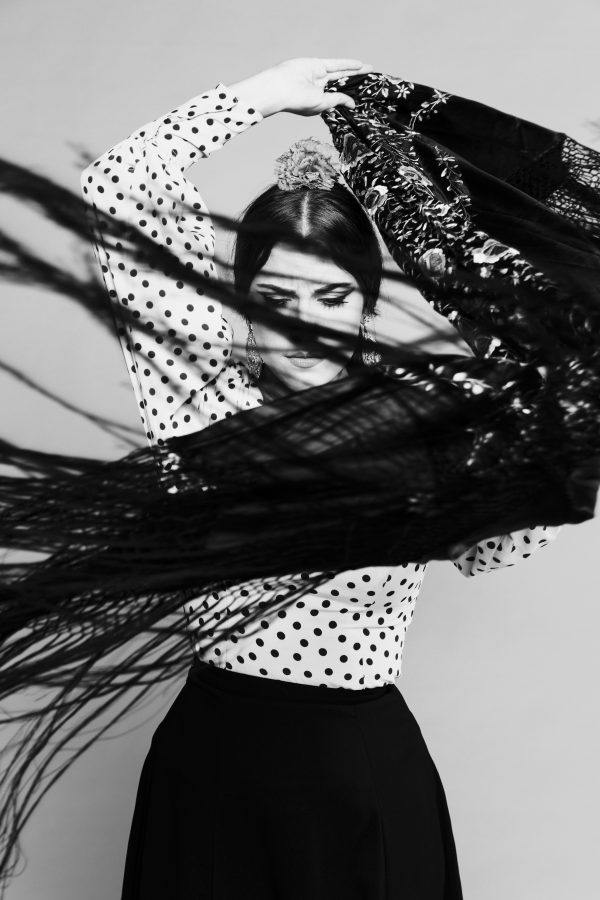From the Margins to the Mainstream: When Queer Resistance Becomes Aesthetic
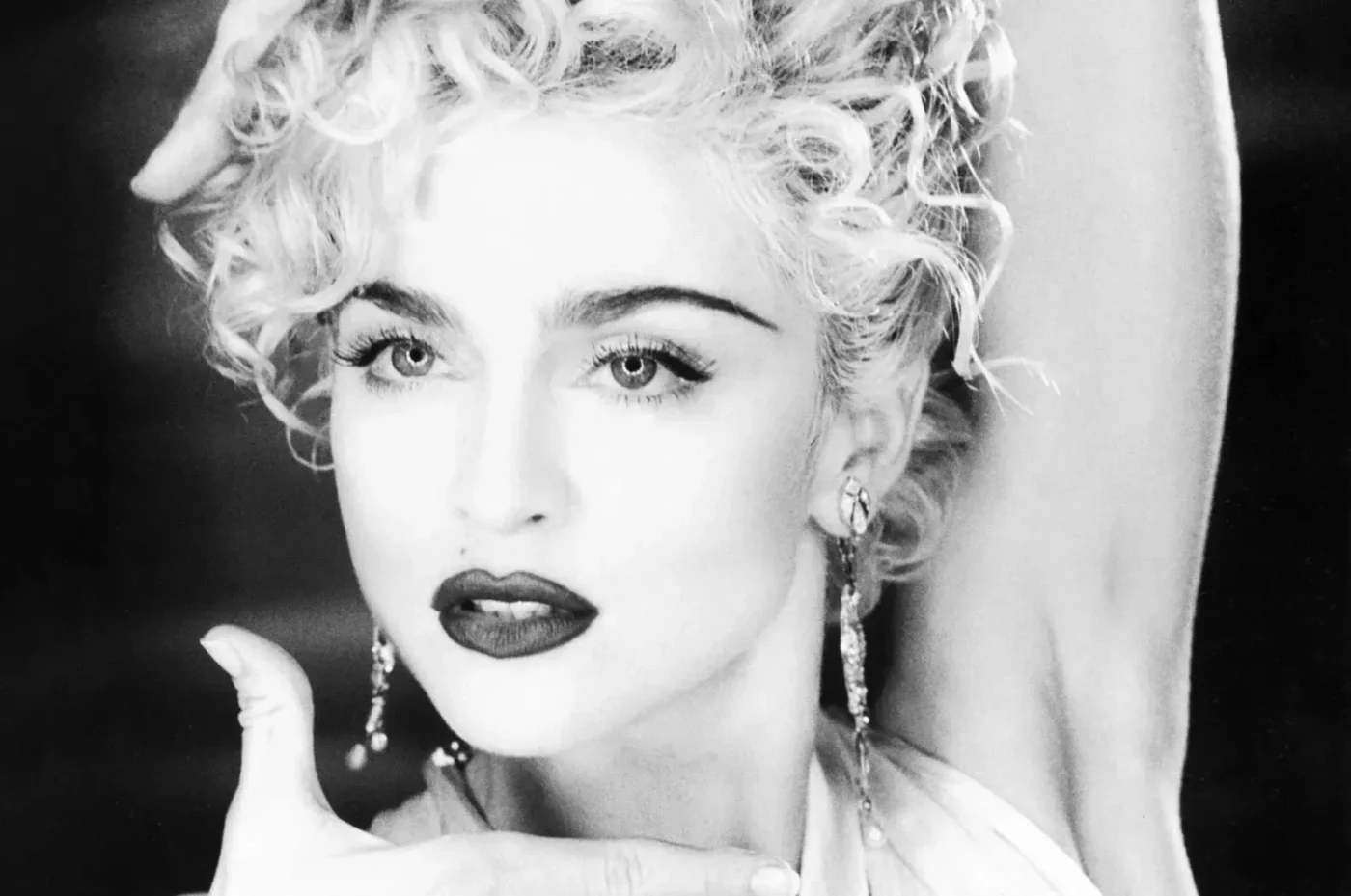
The bass shakes the floor. Sequins catch the light. A crowd chants as bodies glide, spin, and strike sharp poses — arms slicing through the air like punctuation marks in a language only some were ever meant to understand.
Long before Madonna told the world to “strike a pose” voguing was a movement of survival — a choreography of resilience for Black and Latinx queer communities who turned ballrooms into spaces of being. But when “Vogue” climbed the charts in 1990, that secret language was translated — and, some say, diluted — into global pop spectacle.
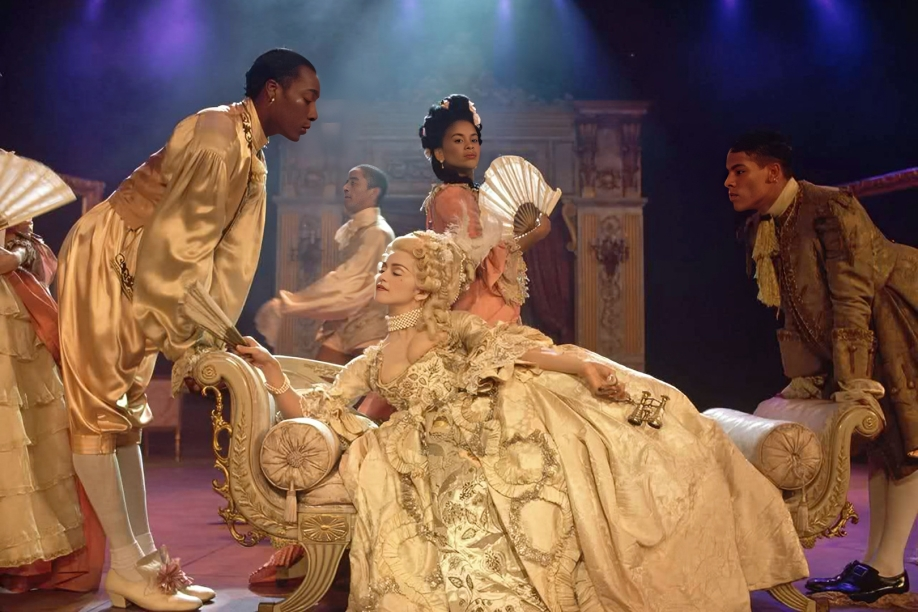
Vogue ABC – Where did it come from?
Ballroom culture emerged from the underground drag balls of the late 19th century — events where participants defied laws against cross-dressing. In the early 20th century, these gatherings became vital stages for gender-nonconforming people in New York. Sparked by the Harlem Renaissance and the need for spaces free from racial discrimination, these communities transformed their gatherings into vibrant pageants.
A century later, that lineage reached a breaking point. In the winter of 1967, Crystal LaBeija entered the Miss All-America Camp Beauty Pageant at New York’s Town Hall — a glitzy contest later captured in the documentary The Queen. When the crown went to a young white contestant, Rachel Harlow, Crystal refused to stay silent. Under the bright stage lights, still in full makeup, she spoke the truth others had swallowed for years: that the judging was biased by race and a fixation on white femininity.
“I have a right to show my color, darling,” she said. “I am beautiful, and I know I’m beautiful.”
What followed transformed protest into blueprint. Alongside fellow performer Lottie LaBeija, Crystal organized a ball in Harlem specifically for Black queens — an event held under a new name: the House of LaBeija. That single act marked the beginning of a new social structure. By 1968, more houses emerged — Xtravaganza, Pendavis, Dupree, Corey— led by figures like Dorian Corey, Avis Pendavis, Paris Dupree, La Duchess Wong, and Pepper LaBeija. Together, they created a community built on mentorship, care, and chosen family — a system that offered food, housing, and belonging to those shut out by both mainstream society and their own families.
Within these halls, style became language. One night in the late 1970s at the Footsteps club, Paris Dupree is said to have pulled out a copy of ”Vogue” magazine, striking each pose in sync with the beat as others joined in. What began as playful “posing” soon evolved into Voguing.
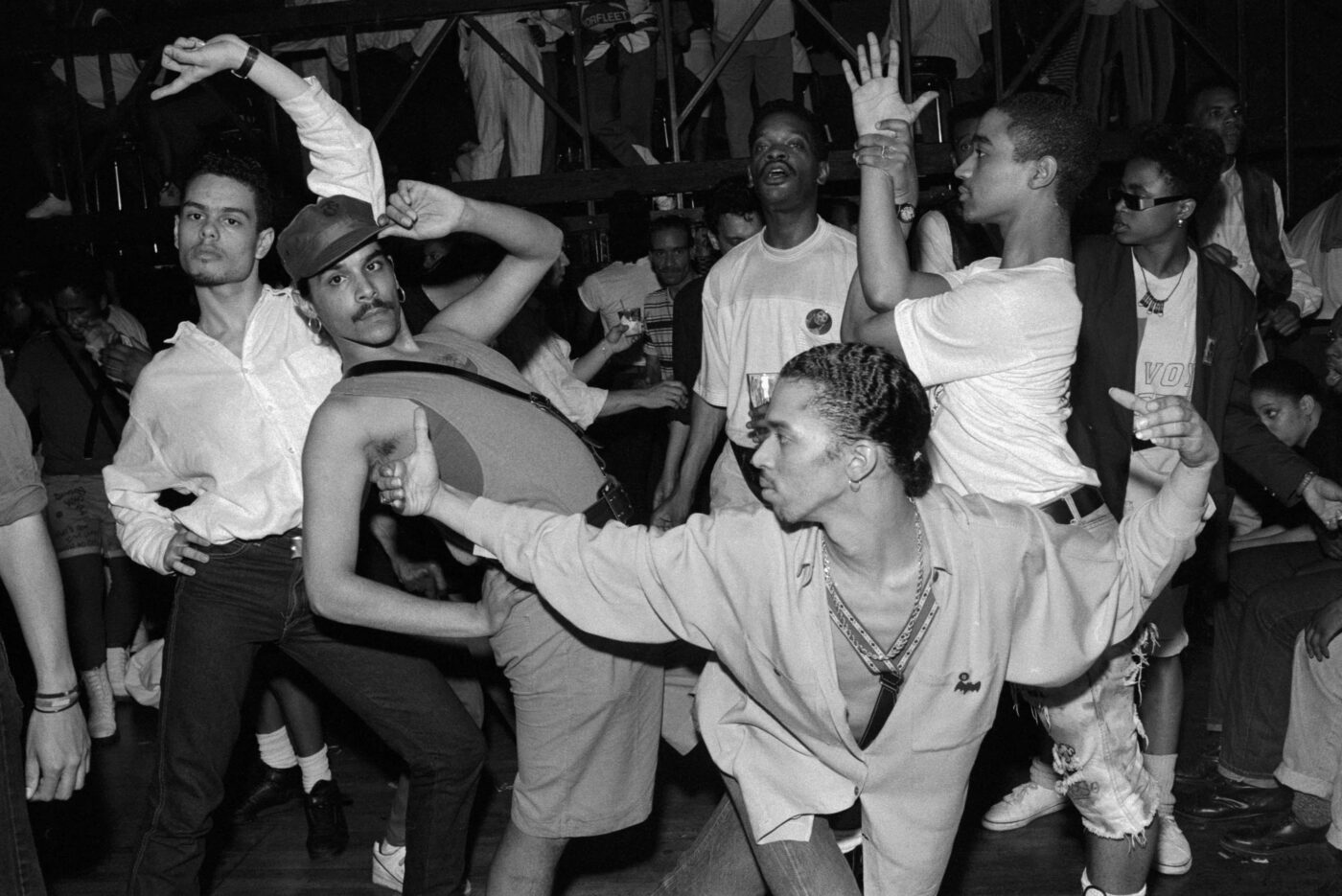
By the mid-’80s, the scene’s architecture was set: Houses operated as chosen families led by Mothers and Fathers; balls were overnight competitions judged category by category, with ”tens across the board” or a curt ”chop.” Inside this arena, voguing hardened from instinct into grammar. Pose-battles evolved into distinct styles: Old Way with symmetry and clean lines; New Way with geometry, arm control, and elastic contortions; and Vogue Fem — a femme-forward vocabulary built on hands, catwalk, duckwalk, floor, spins & dips, where execution and emotion counted in equal measure. Commentators coined the language, dancers traded technique across boroughs; figures like Willi Ninja bridged Harlem halls and fashion studios.
By the end of the 1980s, as Houses perfected their craft, catastrophe pressed in. HIV/AIDS began taking parents, commentators, and young walkers. Grief threaded the runway; names were spoken in the present and then in memorial. On December 10, 1989, ACT UP staged “Stop the Church” at St. Patrick’s Cathedral, confronting opposition to condom distribution and safe-sex education; the arrests tallied into news copy, but the urgency in the scene was smaller and sharper—keeping one another alive.
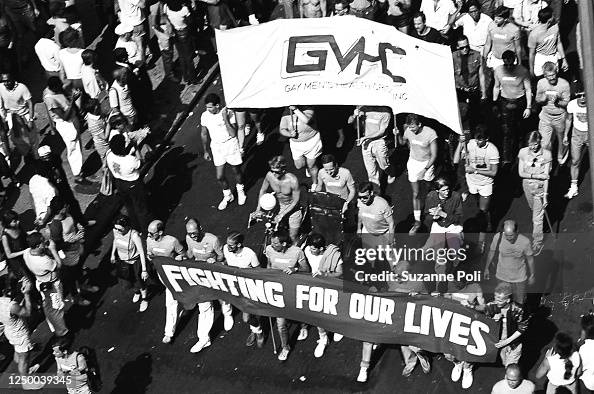
Ballroom leaders partnered with health workers to build outreach that actually reached. In 1989, the House of Latex Project formed with GMHC: peer educators bringing condoms, testing, and harm reduction directly to balls and House meetings. The reasons were practical: stigma, immigration and insurance barriers, youth homelessness. The list of losses grew— Angie Xtravaganza (1993), Danni Xtravaganza (1996), Dorian Corey (1993); later, even icons like Willi Ninja (2006). The work of care kept going.
Then came Jennie Livingston’s 1990 documentary ”Paris Is Burning” — a street-level portrait of New York’s Black and Latine ballroom scene.
And then came Madonna with ”Vogue”, blasting those ballroom gestures into global pop.
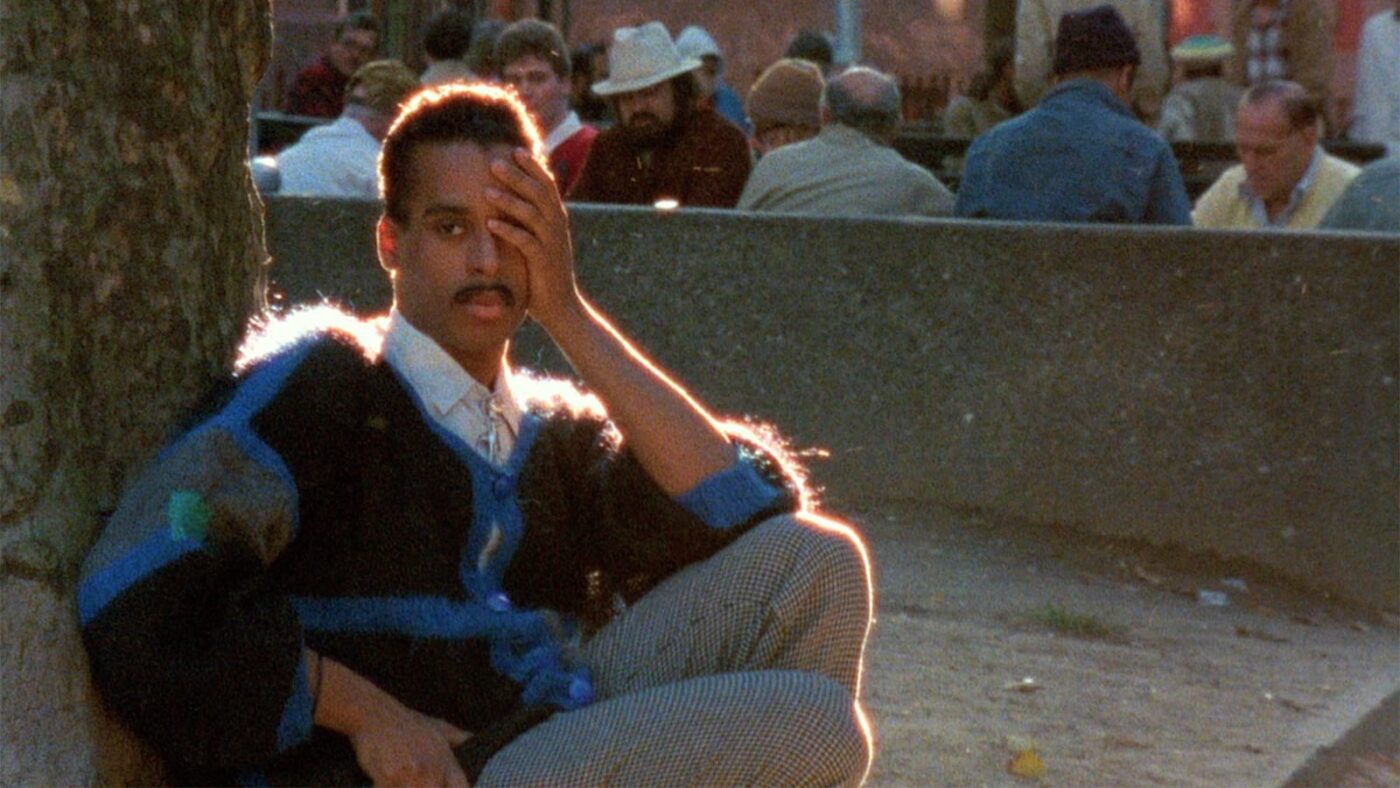
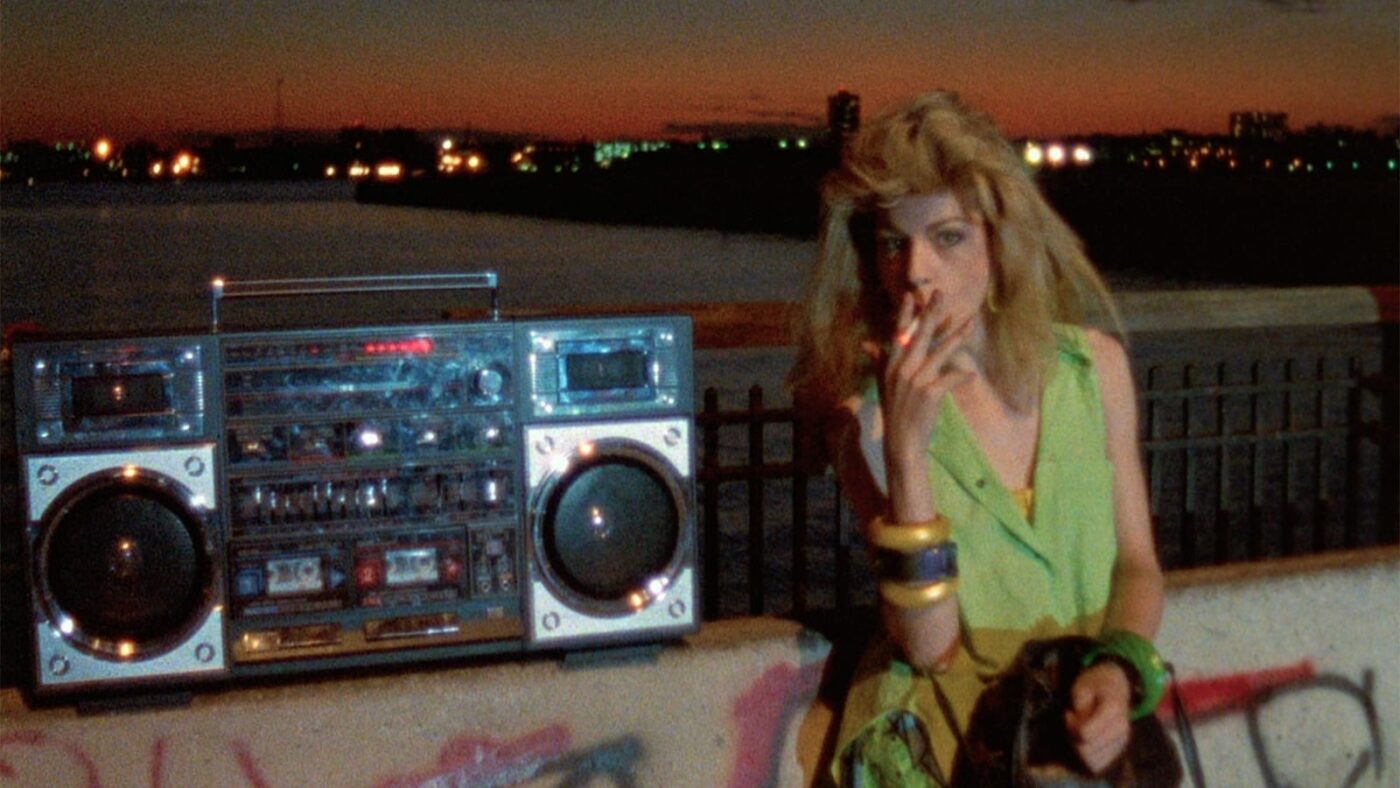
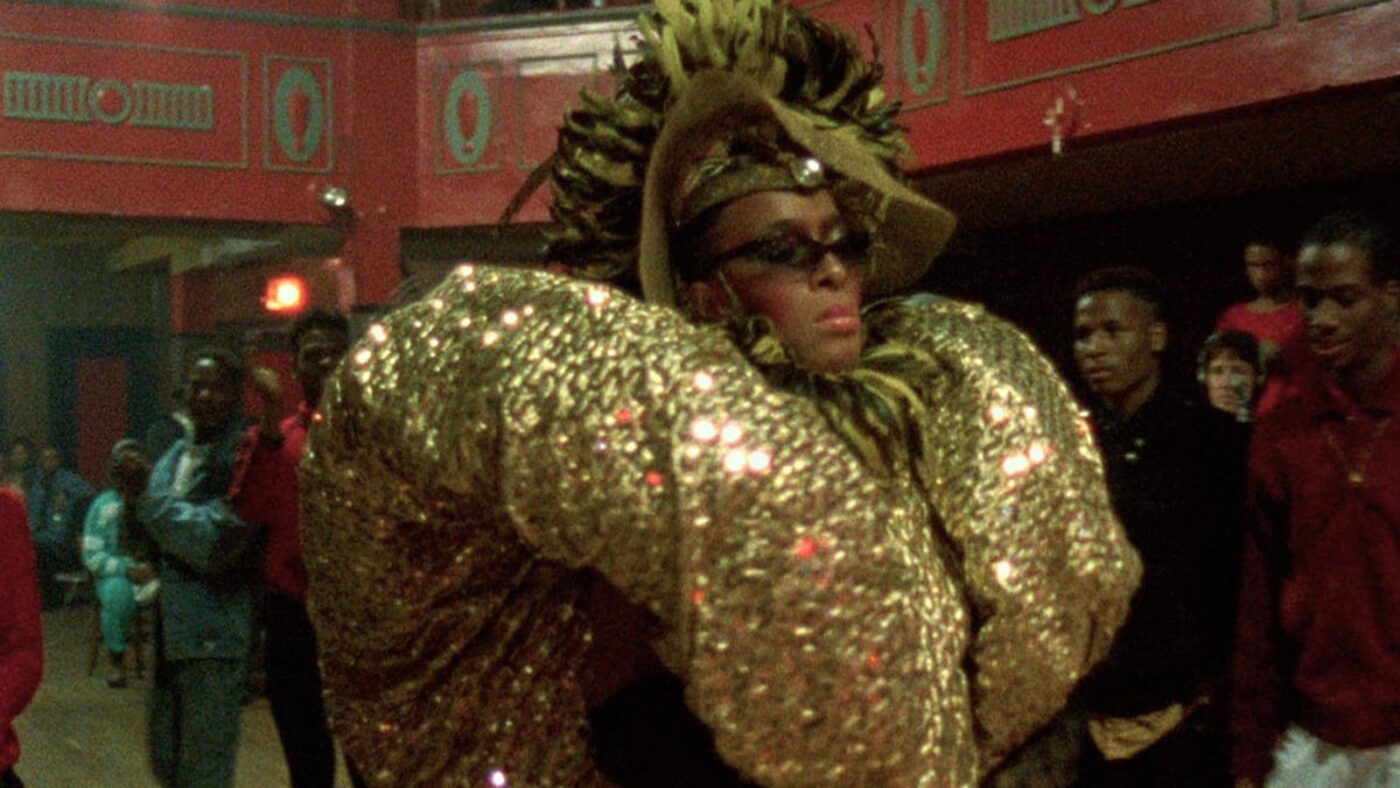
Paris burnt down
”Paris Is Burning” is a 1990 documentary by Jennie Livingston that takes us inside New York’s Black and Latine ballroom scene. It shows a world where queer people built their own version of family — the Houses — and where categories like “realness,” runway, and voguing weren’t just about competition, but about identity and survival. The film moves between late-night ballroom battles and calm, daytime interviews, and thus we get to know people who shaped that world: House Mothers like Pepper LaBeija, Dorian Corey, and Angie Xtravaganza, and icons like Willi Ninja, Octavia St. Laurent, and Freddie Pendavis.
bell hooks, a Black feminist scholar and cultural critic, offers a more critical look at how subversive performances like those in ”Paris Is Burning” can still be shaped — and limited — by existing power structures. In ”Black Looks: Race and Representation” (1992), she argues that the film ends up reinforcing the very ideals it seems to challenge.
According to hooks, within the ballroom world,
”the idea of womanness and femininity is totally personified by whiteness.”
In other words, the queens in the film aren’t trying to embody Black womanhood, but rather an idealized, fetishized version of femininity that reflects white, upper-class standards.
hooks’ critique becomes even more tangible through Venus Xtravaganza, one of the film’s most unforgettable voices. Speaking softly about the life she longs for, she says:
”I would like to be a spoiled, rich white girl. They get what they want whenever they want it, and they don’t have to really struggle with finances and nice things, nice clothes… I don’t feel that there’s anything mannish about me, except maybe what I might have between me down there. Which is my little personal thing, so… I guess that’s why I want my sex change, to make myself complete.”
For hooks, that idealization isn’t accidental — it reveals how deeply a white-supremacist, capitalist patriarchy shapes desire itself. ”The whiteness celebrated… is not just any old brand of whiteness,” hooks writes, but ”that brutal imperial, ruling-class capitalist whiteness that presents its way of life as the only meaningful life there is.” The tragedy, she suggests, is that liberation starts to look like inclusion — not breaking the system apart, but finally being let inside its ”most exclusive fantasies”.
Dorian Corey, an older drag queen and mother figure in the ballroom scene, provides a more sober counterpoint. As a veteran performer, she mentions the world’s hierarchies as well:
”Black people have a hard time getting anywhere. And those that do are usually straight. In a ballroom, you can be anything you want. You’re not really an executive, but you’re looking like an executive. And therefore, you’re showing the straight world that I can be an executive. If I had the opportunity, I could be one, because I can look like one.”
But there’s another way to see it. Cultural theorist José Esteban Muñoz gives us the language to read this moment differently. In ”Disidentifications” (1999), he argues that marginalized people don’t simply blend into dominant culture or reject it outright — they work on and against it, recycling its images, codes, and fantasies to carve out space for themselves. That process, which he calls disidentification, is a kind of survival technology: you take what the world gives you, reshape it to fit, and wear it as proof that you exist.
Ballroom could be read as disidentification in motion. Voguing takes fashion-magazine poses and glamour — the ultimate symbols of white, heterosexual elegance — and turns them into a counter-language: sharp lines, hand performance, spins, dips. The goal isn’t imitation; it’s transformation — to take the master’s tools and make them speak your story.
Today ballroom also lives in Latvia. The author is writing from Riga, where a small but active ballroom scene has taken root. Latvia is a Baltic EU and NATO member with a post-Soviet, multilingual society. Recent debates have featured the party’s LPV leader Ainārs Šlesers, who framed the Istanbul Convention as a ”117 gender policy”, also LPV’s Linda Liepiņa, saying ”a foreign ideology is creeping into our everyday lives… the abnormal is being made normal,” and MP Mārcis Jencītis, who argues from the rostrum that ”only two genders” should be written into the Constitution. With support from the party ZZS, LPV-drafted bills advanced to bar minors from events that ”popularize LGBT ideas and values.”
As Father Ivo Tutti (Ivo Krieviņš), founder of the Latvian Ballroom Scene, put it:
”Categories and ballroom itself historically was made by and for Black and Latino trans women, so they could be who they were not allowed to be in everyday life due to transphobia and racism. People who participate in these categories show a variety of different aspects of life — fashion categories, beauty and body categories, or Realness. By walking and making moments you not only explore and evolve yourself and your own style, but also show as an example to others that hard work and passion is the only way to be who you wish to become and achieve something you really want in your life, even if the whole world hates you.”
As he notes, as a white person representing Latvia’s ballroom scene it’s essential to state that these questions should first and foremost be answered by Black and trans Latinx people — the creators of ballroom culture.
”What we’re doing here in Latvia is continuing a conversation they began — about Black and trans lives, about visibility, and about the basic human rights everyone deserves. Ballroom is not only about categories or voguing; it’s about community, resilience, and liberation.”
It’s a statement that holds tension — on one level, it echoes what bell hooks once described in ”Black Looks: Race and Representation”: the dream of belonging in a world that measures success through whiteness, beauty, and class. But on another, it feels closer to Muñoz’s idea of disidentification — that subtle act of reworking the dominant culture from within.

What are you looking at?
”Vogue”, practically, reverses the loop. When those reclaimed gestures return through global pop as glamour without context, the aesthetics travel while the authors and history retreats.
The single shot to No. 1 on the Billboard Hot 100 and topped charts in 30+ countries, ultimately selling an estimated 6 million copies worldwide. On MTV it ran in heavy rotation, placing the culture into global spotlight.
The video itself was immaculate—and largely context-free. Shot in black-and-white by David Fincher, ”Vogue” staged tuxedos, satin gloves and lighting in a studio dream of Old Hollywood; even the famous spoken roll call canonized Golden-Age film stars rather than ballroom mothers.
Critically, the choreography wasn’t invented in a studio — it came from the scene. Madonna hired José Gutiérrez Xtravaganza and Luis Xtravaganza, dancers from the House of Xtravaganza, to perform in and choreograph the video.
Inside the scene, reactions split. José, who performed in and helped choreograph the video, has emphasized the scale of the platform:
”The song was number one… it had hit the mainstream—you know, the straights… She [Madonna] had basically taken it from underground gay ballroom culture and brought it mainstream… I always say that if she had not given it that platform, it would not be where it is today.”
Others saw erasure. Producer DJ Sprinkles (Terre Thaemlitz) framed it bluntly on the 2008 album Midtown 120 Blues:
“When Madonna came out with her hit ”Vogue” you knew it was over… She had taken a very specifically queer, transgender, Latino and African-American phenomenon and totally erased that context… Madonna was taking in tons of money, while the Queen who actually taught her how to vogue sat before me… So if anybody requested ‘Vogue’… I told them, ‘No, this is a Madonna-free zone! …you will not be allowed to vogue to the decontextualized, reified, corporatized, liberalized, neutralized, asexualized, re-genderized pop reflection of this dance floor’s reality!’
So the question is: visibility for whom, and on whose terms? If a subculture’s language goes global but its authors are pushed to the margins, what exactly got elevated — the community, or the brand that borrowed from it?
Cultural historian Tim Lawrence — Professor of Cultural Studies at the University of East London and a writer on New York’s DJ/club culture, ballroom and pop-music histories — argues the winners were clear.
”Madonna’s history was to move from producer to producer, scene to scene, style to style, to pick up ideas that would enable her to sound fresh and hip. ”Vogue” was her biggest hit for years. She also turned to the ballroom scene to get participants, ideas and dynamics for her Blonde Ambition tour and the accompanying feature film/documentary, In Bed with Madonna. The central character was and was always going to be Madonna”.
Lawrence argues that while voguers were likely glad to be paid and enjoy brief exposure, Madonna was never going to commit to supporting the scene itself. In his view, she acted in her own interest, moved on after Vogue and In Bed with Madonna, and left ballroom to do what it had always done—sustain itself through its own communities and word-of-mouth.
As he puts it:
”When big-name stars drop in, the publicity that follows is short-lived and never serves the community.”
That debate extends beyond Madonna to everyday pop usage. As Father Ivo Tutti of the Latvian ballroom scene notes, it is important to remember that by entering any sub-/culture you don’t know much about, or “getting inspiration” from a it, people must learn about it first and be respectful.
”We have seen a lot of commercialising and mainstreaming Voguing moves and ballroom slang. One of the most popular examples is from “RuPaul’s Drag Race”, where RuPaul that is the main host and judge of the show normalising the wrong name of the move that is called “dip”, calling it “death drop”. Ballroom communities are fighting all the time trying to say that this is completely wrong and inappropriate, but it is still being used because it is “good TV,” he says.
At the same time he mentions, that Madonna’s ”Vogue” and Jennie Livingston’s ”Paris Is Burning” brought ballroom into mainstream view for audiences who had little sense of the underground scene.
“Imagine people who made it clear you don’t deserve a life because of your skin colour, sexuality, or gender — who truly believe you don’t deserve to be respected or seen — now walking into the safe space where you’ve been hiding and watching you.”
It undeniably helped spark wider conversations about basic human rights for Black and trans communities. At the same time, as the founder mentions, ballroom ”could have continued to function even without becoming mainstream”.
What can be concluded? In the end, visibility only matters if those who built the culture benefit from it. ”To give everything that they fight for and what they deserve: basic human rights, being able to live their life as they want and as who they want, to give them jobs and education opportunities, a place in society and politics,” is how Father Tutti summarizes our conversation. Yet for the rest of us, the task is simple: learn the culture and respect it. Without that, are we amplifying a culture — or just consuming its look?




